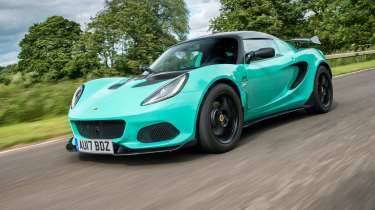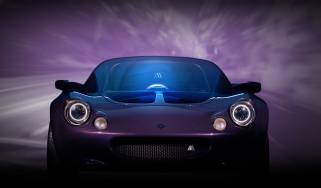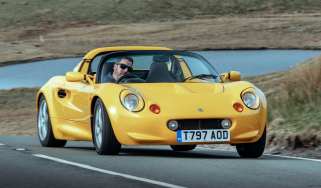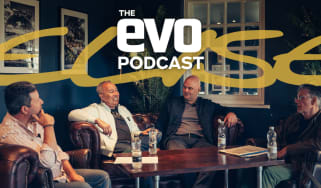Lotus Elise pedals - Art of Speed
Inspired by the beauty of a Ducati, we explore the origins of the pedals in the Lotus Elise
There were two friends. One was a freelance car designer called Julian Thomson. The other, Richard Rackham, had a staff job at Lotus as a chassis designer. The fact that both men owned Ducati motorbikes perhaps wasn’t so remarkable. Neither was the fact that they owned them for precisely the same reason: not as modes of transport but as fine examples of kinetic art to be studied, understood, admired and, of course, ridden on great roads just for the hell of it. What arose from this set of circumstances, however, turned out to be a particularly serendipitous meeting of minds. When the time came for a chastened Lotus to truly reconnect with its core values after the clever but wrong-headed front-wheel-drive Elan bit the dust, inspiration sprang from the two designers’ shared appreciation for the pared-down beauty of an iconic Italian superbike. The project they were to work on was called M1-11; the car that emerged in 1996 was the Lotus Elise.
In essence, what Thomson and Rackham wanted to do was build a four-wheeled Ducati – a simple, lightweight sports car true to Colin Chapman’s seminal vision, but with radical engineering solutions and construction-as-art design techniques that owners would be able to see and covet. ‘If you take the clothes off a Ducati, you see lots of nice things,’ commented Rackham in a documentary about the birth of the Elise. ‘There’s a real, jewel-like quality about the way they’re put together,’ added Thomson. ‘They don’t want to sell them in big numbers, only to people who really know what they’re about.’
> Lotus Elise and Exige to sign off with Final Edition models
Central to Project M1-11’s progress in every sense was Lotus’s association with Hydro Aluminium in Denmark, which produced the aluminium extrusions from which the Elise was largely made. To save weight, the parts that constituted the chassis were bonded together with glue rather than welded, resulting in a car that was extremely rigid but tipped the scales at just 731kg. Another advantage of the extrusion process was the freedom it afforded. Not only did aluminium look and feel great, you could have it in any shape. This got Rackham thinking.
‘I tried to fit an Austin Metro pedal box in the car,’ he remembers. ‘It looked hideous. I thought, hang on a minute. I’d sketched out an ideal pedal shape and suddenly I saw an extrusion there. If we hadn’t been tuned into extrusions it would never have happened. I think the pedals caught a lot of peoples’ imaginations. It’s something which is easily held in the hand. It’s got a nice curvy shape to it. Julian actually wanted to turn some into telephones that could be sent to clients.’
The pedals’ fragility has turned out to be something of an Achilles’ heel for the S1 Elise. But as evidence of the Ducati-esque ‘exposed form’ engineering Thomson and Rackham set out to achieve, their emblematic status lives on.







